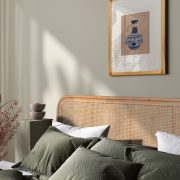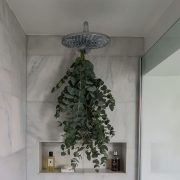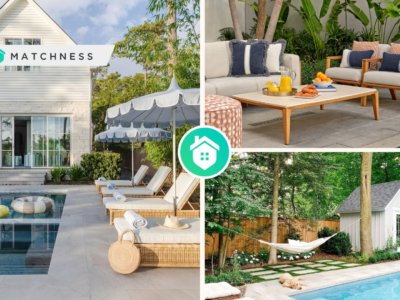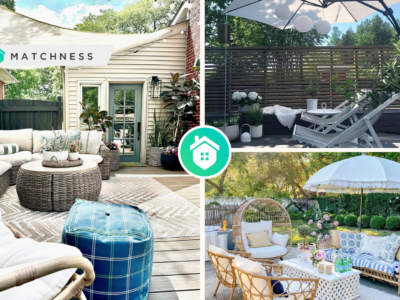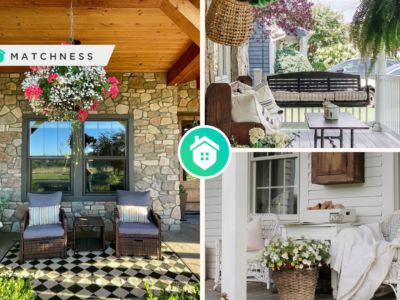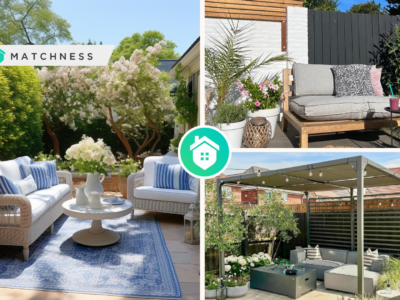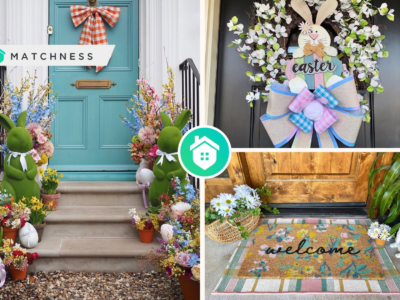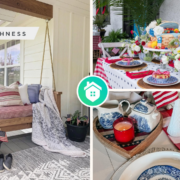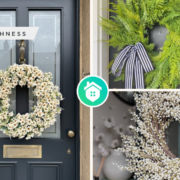When it comes to residential landscapes, a swimming pool can be a permanent or temporary container filled with water, offering a place for swimming or relaxation. There are various types of swimming pools available, and selecting the right one involves considering the role it will play in your family’s lifestyle. The term “swimming pool” encompasses inexpensive portable play equipment for children as well as high-priced landscape features. Your budget, lot size, local regulations, and material availability will influence your choice of pool. Additionally, think about the maintenance work required for each type. Some pool owners regret choosing a pool that demands extensive maintenance or costly services. As you explore different swimming pool options below, consider your preferences, needs, and the amount of time, money, and effort you are willing to invest.
Kiddie Pool
Kiddie pool is designed to be used during hot weather as a place for kids to cool off and can be easily stored away when the season ends. It’s important to drain the pool after each use (water the lawn) and closely supervise children, as even shallow pools can pose risks to unsupervised kids.
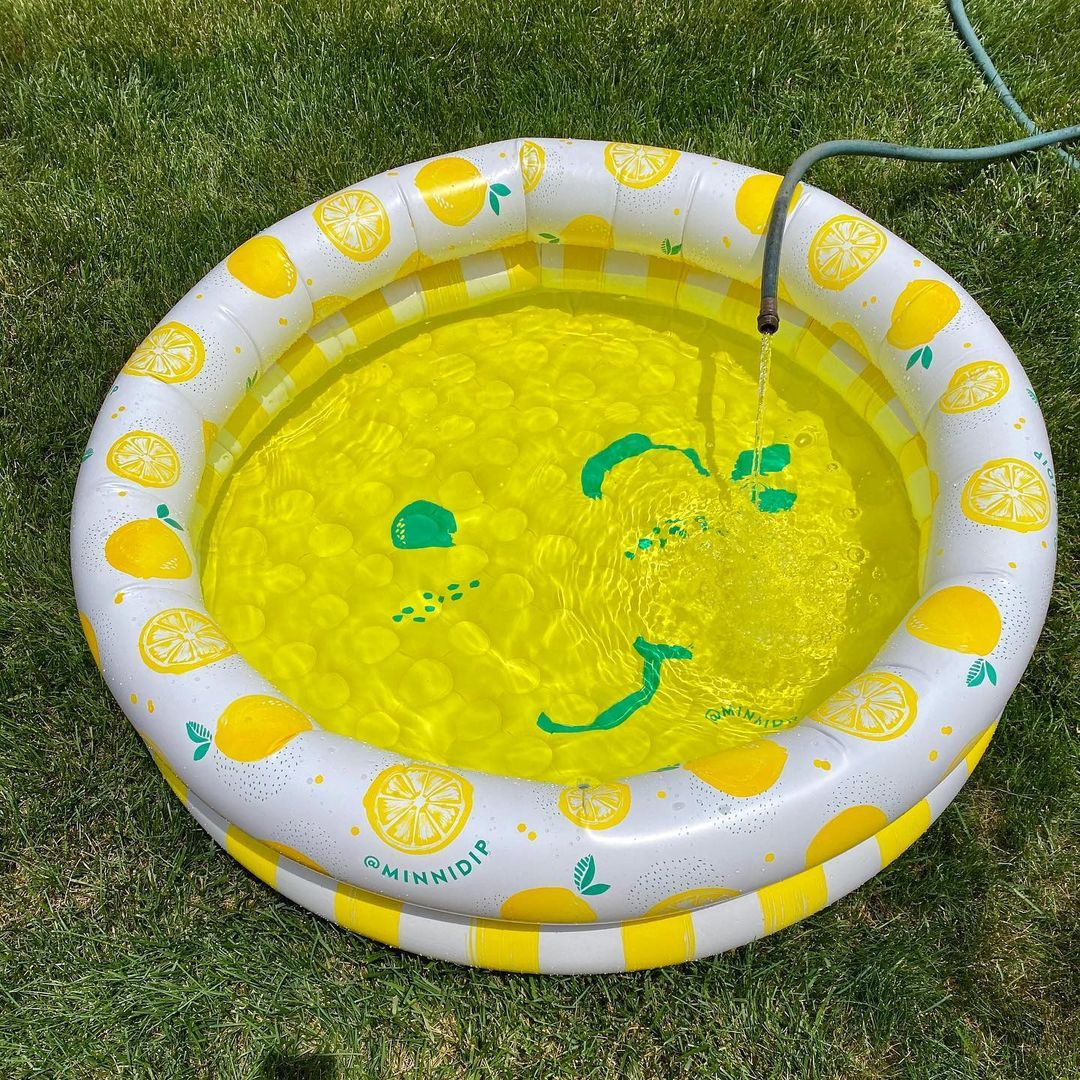
As its name implies, a kiddie pool is a small pool designed for children. It usually measures between three and five feet in diameter and is made of inflatable or hard plastic. Kiddie Pool from @marylandpinkandgreen
Kiddie pools are typically inexpensive, often costing just a few dollars, especially if purchased at the end of the season when prices may be discounted by up to 75 percent. This affordable option may fulfill your primary need for a swimming pool, and it requires minimal maintenance.
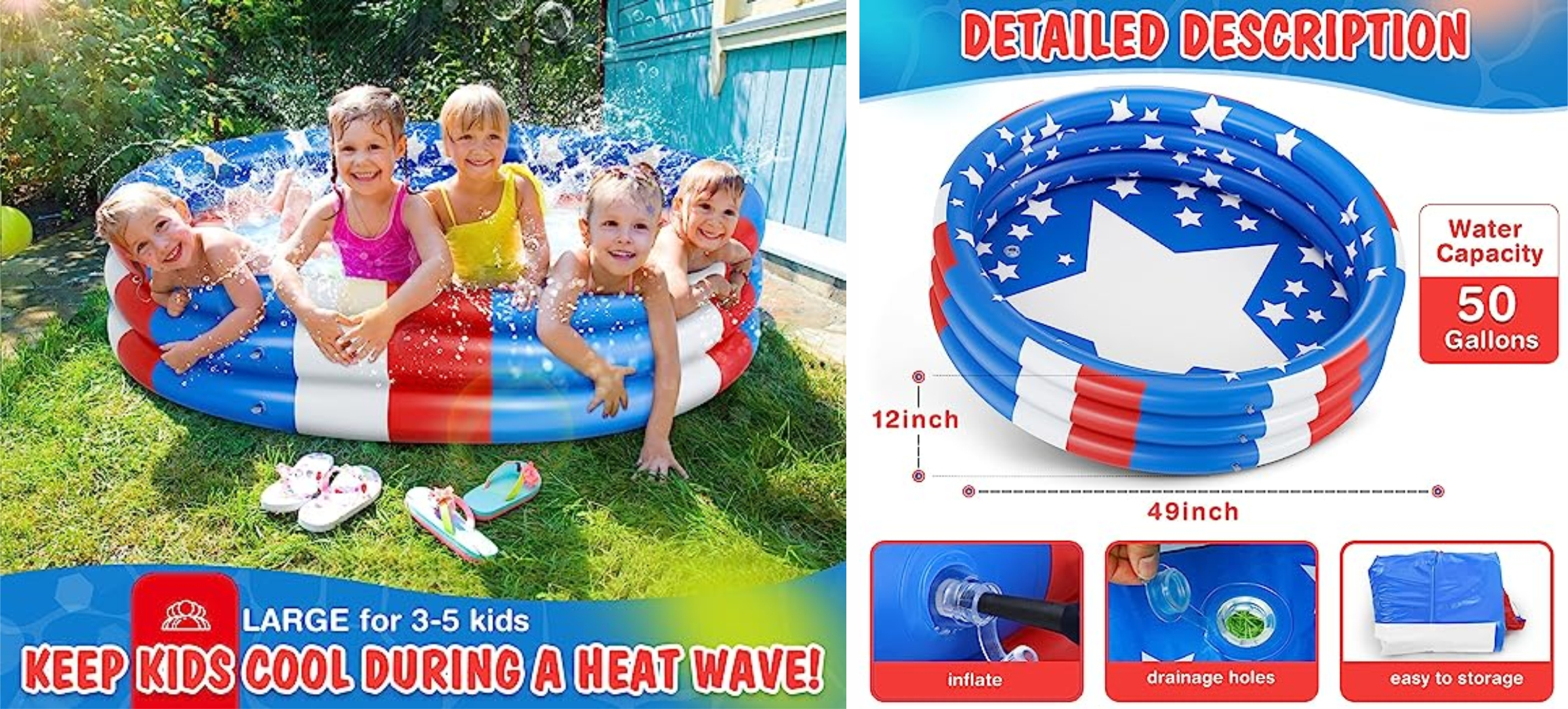
This inflatable kiddie pool is an ideal choice for those scorching summer days! With its ample space, it provides a perfect setting for children to splash around and engage in playful activities, making it the ultimate summer accessory for family gatherings, playdates, lively swimming pool parties, or simply unwinding on lazy days under the sun.
Above-Ground Swimming Pool
Above-ground pools represent an achievable dream of owning a pool and can be particularly advantageous in cold-winter regions where maintaining an in-ground pool during winter can be challenging. This style offers both hard-sided and soft-sided options, with some pools appearing remarkably similar to expensive in-ground pools, especially when complemented with an elevated deck or frame. In regions where in-ground pools are stored away during certain seasons, soft-sided above-ground pools are an excellent alternative.
Assembling above-ground pools is relatively simple, making it an appealing option for DIY enthusiasts. Compared to large in-ground pools, above-ground pools are easier to maintain, but they still require proper management of water chemistry, as well as filtration and cleaning.
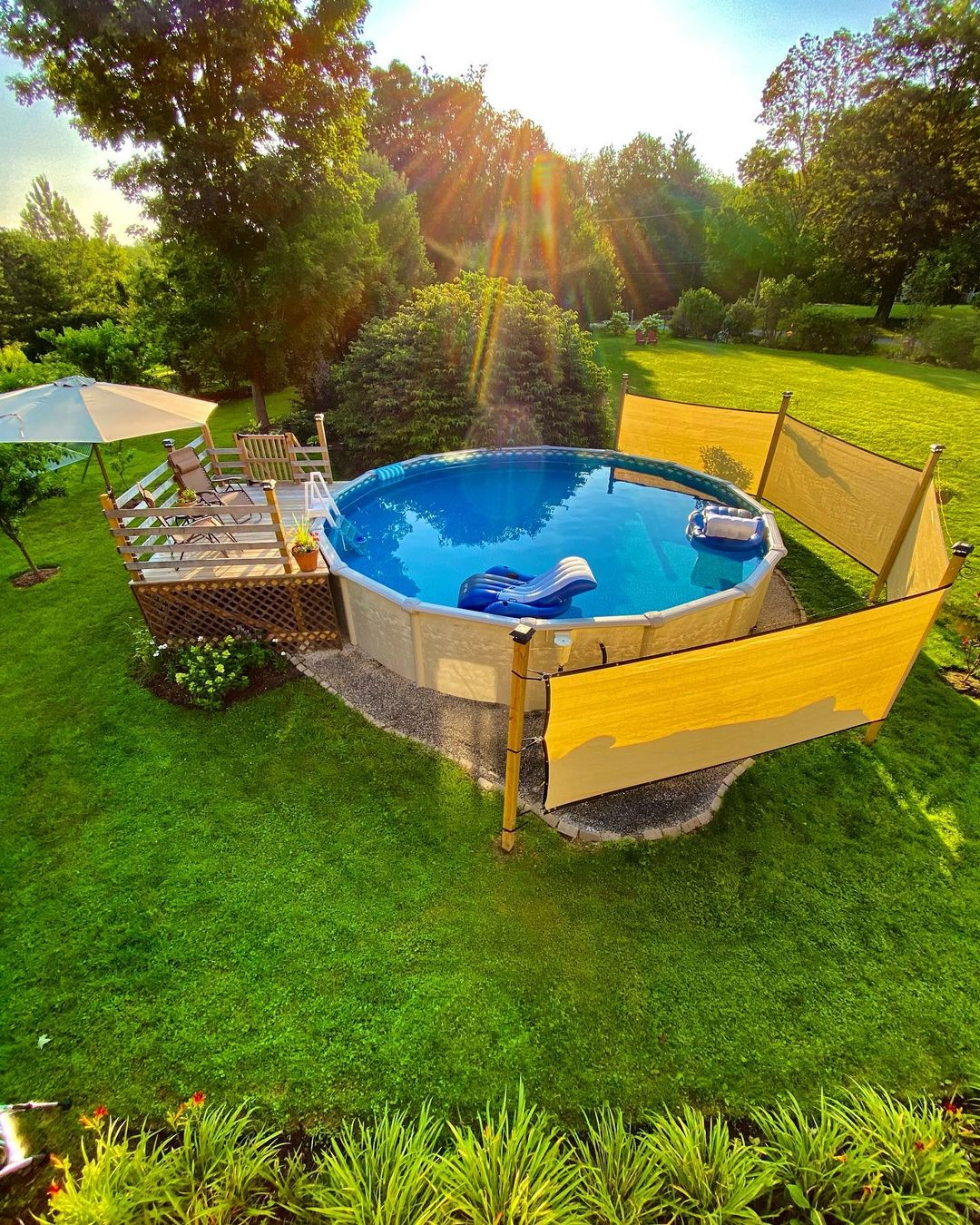
Above-ground pools offer many great advantages over traditional pools; they are also more budget-friendly. They are quick to install, durable, and easy to maintain. You can simply add decks to beautify the view; for privacy, just add a screen around it. Above-Ground Swimming Pool from @thelongawaitedhome
Lap Pool
A lap pool is specifically designed and utilized for fitness and health-related activities. These pools are characterized by their shallow and narrow dimensions, prioritizing swimming laps rather than accommodating diving boards or water slides. Typically rectangular in shape, lap pools are well-suited for properties with long and narrow lots. It’s important to note that lap pools require the same maintenance as any other in-ground pool.

Building a lap pool is a great solution for those who want to swim on their own property but don’t have a lot of space. This long, narrow swimming pool allows swimmers to practice their strokes without requiring a lot of space to do so. Lap Pool from @compasspoolsmelbourne
Indoor Pool
An indoor swimming pool is a clear-cut concept: it is located within a building, usually enclosed by at least one wall of the home and protected by a roof. These pools are typically designed with simple, geometric shapes and are intended for year-round swimming or training, particularly in colder climates. Additionally, it is also possible to enclose an above-ground pool using a similar approach.
Maintaining an indoor heated pool can sometimes be more cost-effective compared to outdoor pools. The pool room benefits from insulation, which helps to retain heat better than open-air pools. Moreover, the enclosure acts as a barrier, preventing leaves and other debris from entering the pool, thus reducing the need for extensive cleaning tasks.
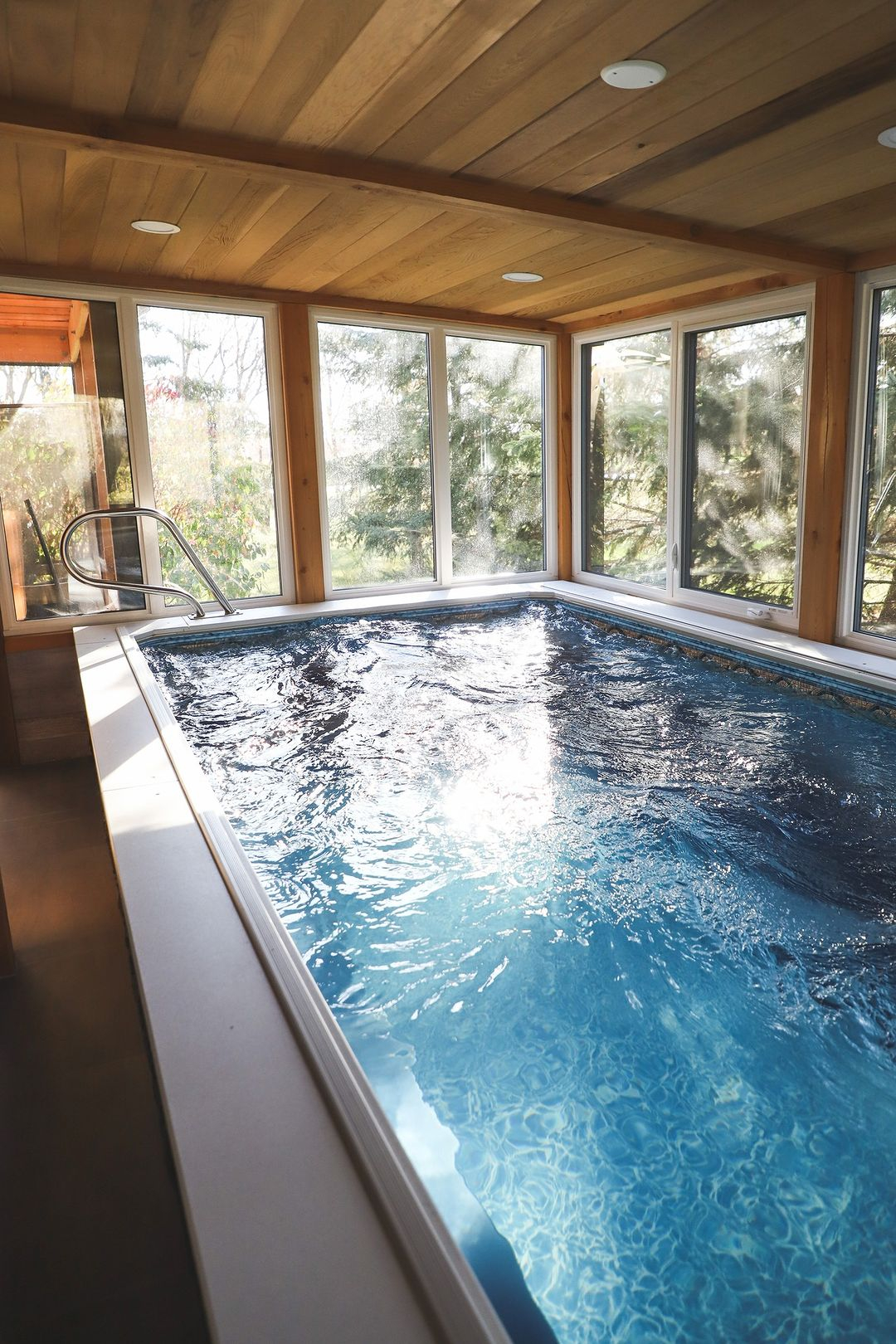
There are advantages, but of course there are disadvantages. Building an indoor swimming pool may be more expensive but much more practical than building outdoor swimming pools, which are cheaper, simpler, but have limited use and require a lot of cleaning. Indoor Pool from @alairwinnipeg
Architectural Pool
An architectural pool embodies a sense of structure, precise lines, and often reflects the design of the house, utilizing matching materials to create a unified aesthetic. Typically, an architectural pool exhibits a geometric and sophisticated design, often crafted by an architect. In the case of custom-built homes, the pool is typically constructed concurrently, considering factors such as lot size, layout, and the overall relationship between the house and the pool. These pools cater to affluent owners who are inclined to enlist the services of architects to design their properties.
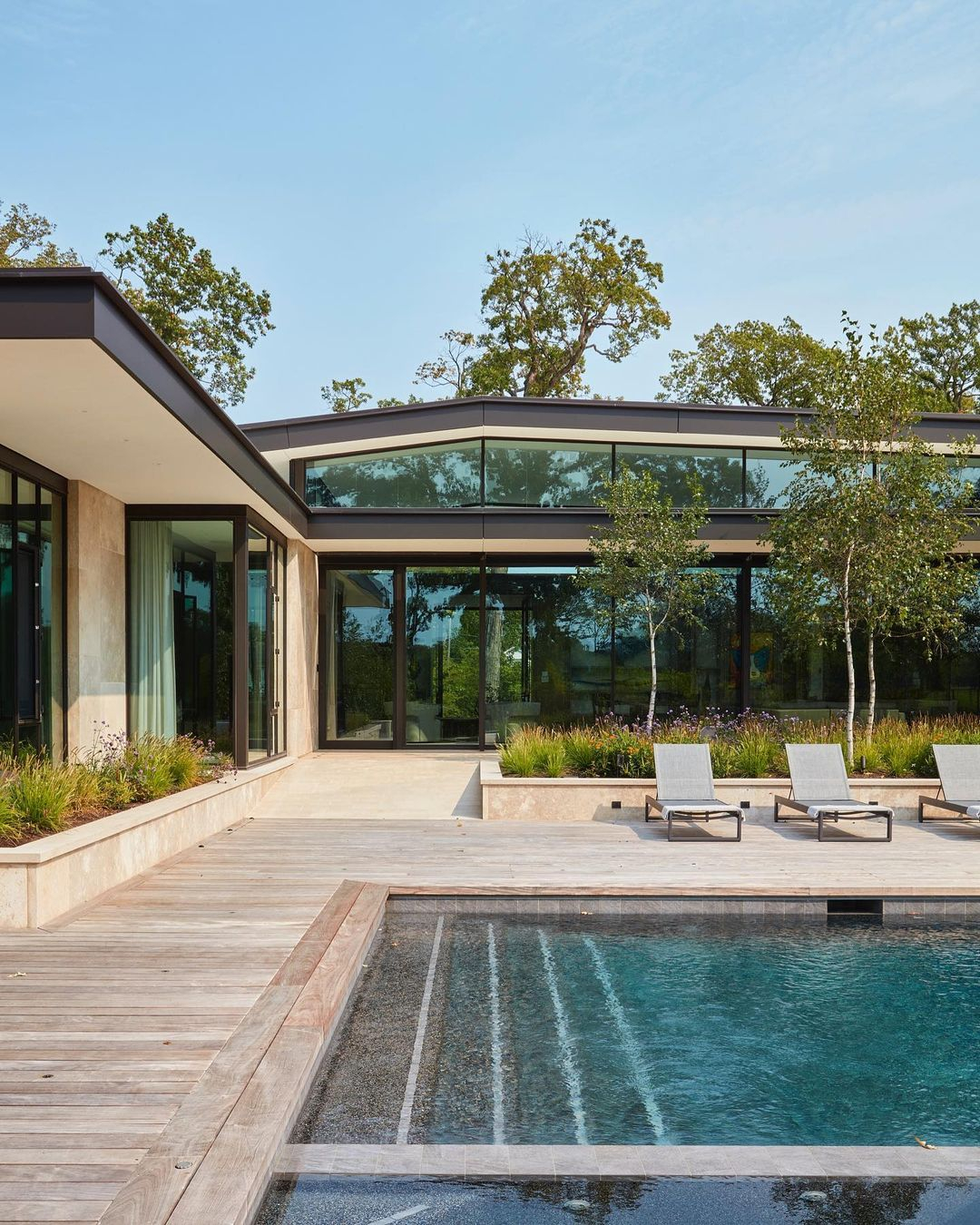
They shaped the house to create this outdoor space and set the pool 18″ down from the interior to soften the look. Sometimes the pool is a solid anchor for watching the fun of the pool, and sometimes it is purposely made to be completely invisible. What an architectural design! Architectural Pool from @robbinsarchitecture
Infinity Pool
Infinity pools, also referred to as infinity edge pools, vanishing edge pools, negative edge pools, zero edge pools, or disappearing edge pools, are custom-built features that aim to showcase a captivating view. When properly designed, an infinity pool creates the illusion of a seamless sheet of water extending beyond the edge of the property, resembling a waterfall, despite the absence of visible or audible falling water.
These pools are typically considered a luxury option within the realm of residential swimming pools, placing them on the higher end of the cost spectrum. Similar to architectural pools, infinity pools are commonly incorporated into the overall master plan during the construction of the home.
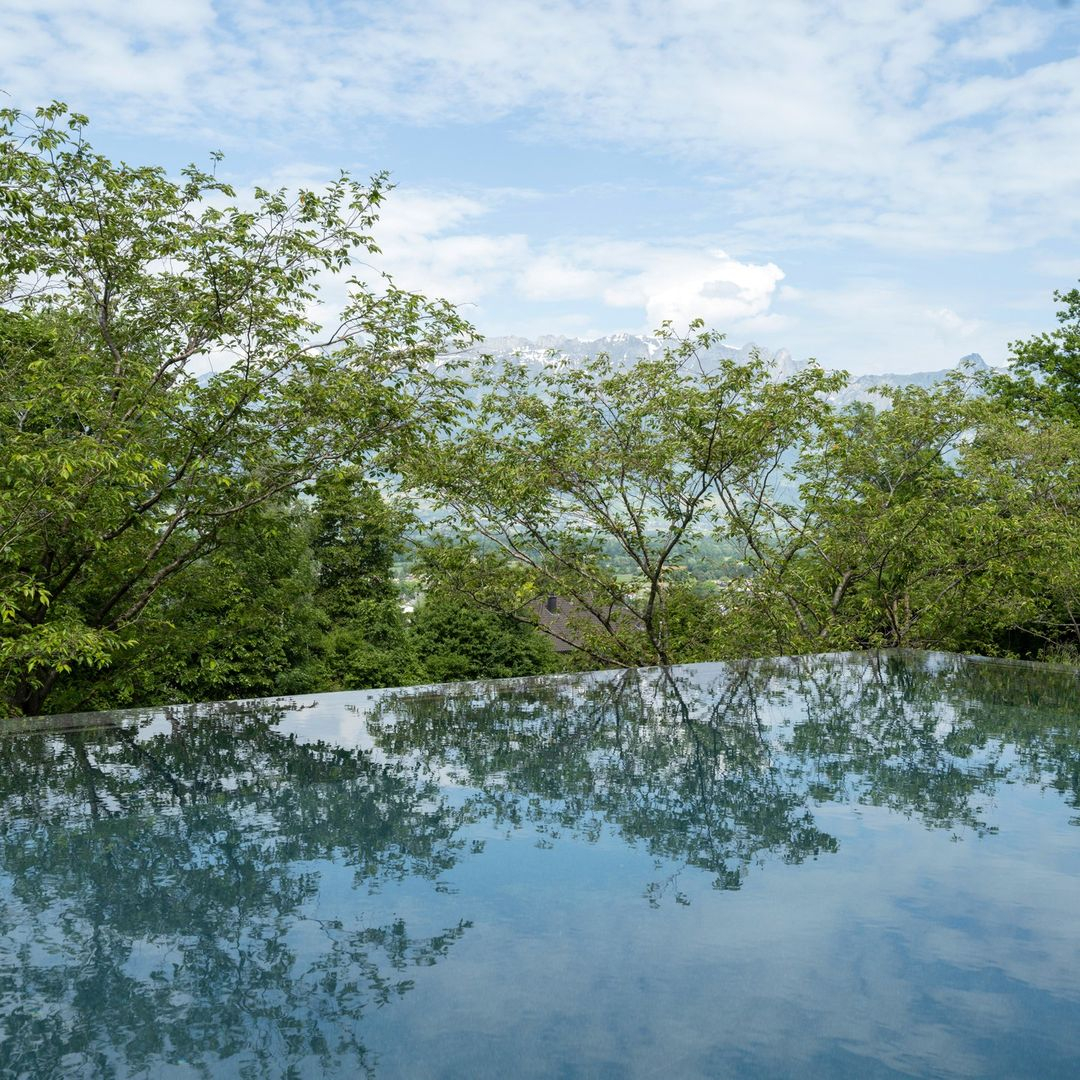
For those of you who like luxury aesthetics, Infinity pools are the right answer for you. When built in view of a stunning horizon, nothing else comes close. Infinity pools aren’t dangerous. The missing edge is just a trick of the eye and is no more dangerous than any regular pool. Infinity Pool from @arndtgeigerherrmann
Natural Pool
Natural swimming pools, also known as swimming ponds in Europe, where the concept originated in the 1980s, are unique pools that blend swimming areas with water gardens. These self-cleaning pools typically feature a lining made of rubber or reinforced polyethylene. Within the pool, there is a separate “regeneration” zone containing aquatic landscaping, acting as an organic cleaning system.
Natural pools offer design versatility, allowing for a freeform, rustic style with boulders and waterfalls, or a modern, sleek, and elegant architectural approach.
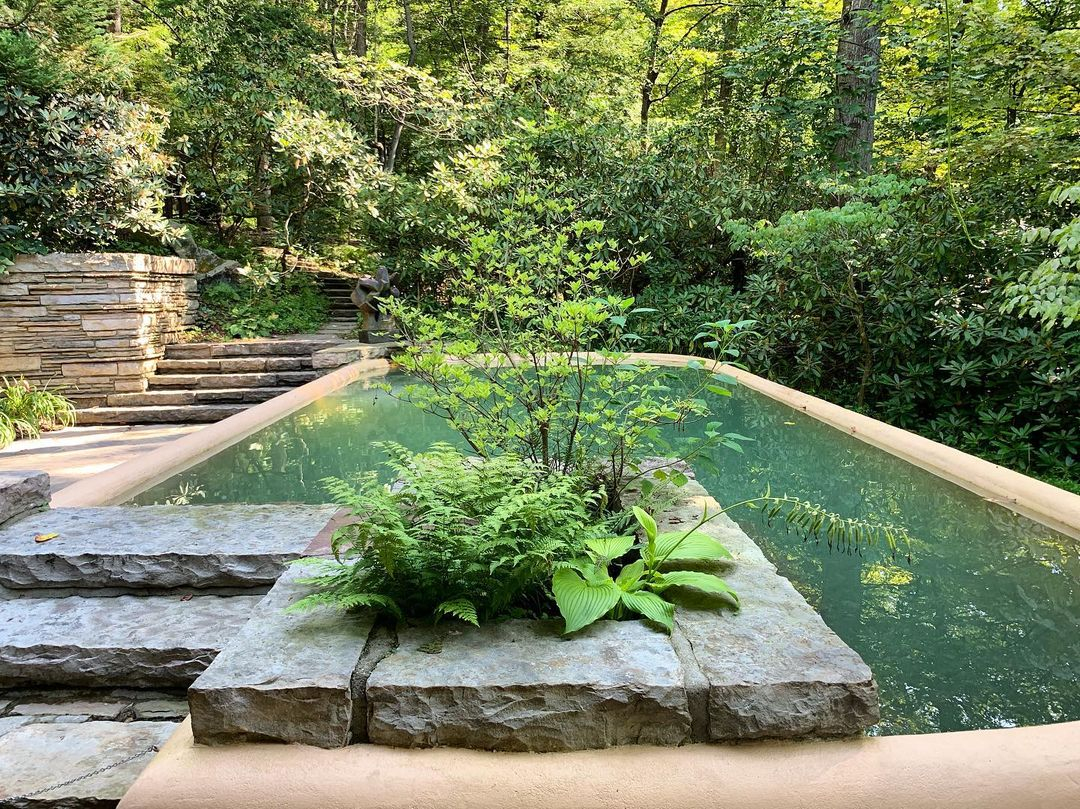
The main advantages of natural pools are lower maintenance costs than conventional pools. When properly managed, natural swimming pools have crystal-clear water and require no chemicals for maintenance as they are self-cleaning mini-ecosystems. Natural Pool from @iloveoldbuildings
Spool
Combining the terms “spa” and “pool” results in a unique concept known as a spool. Pool builders have experienced a rise in demand for spools from homeowners with limited budgets and smaller properties, seeking water features that are larger than standard spas but more compact than traditional swimming pools. The primary purpose of a spool for many homeowners is relaxation and entertainment—a space to unwind and refresh on hot days or enjoy socializing with friends over drinks on pleasant evenings. Some spools are even equipped with directional jets that allow for swimming against the current.

Want to style your backyard with a spa, pool, or swim spa? Spools are the solution. With features resembling a large hot tub, they have a powerful jet of water that creates a current that is strong enough for you to swim. Spa Pool from @davidlloydbeaconsfield
Plunge Pool
Plunge pools, which have been utilized in Chinese medicine for centuries and were favored by the ancient Romans, are compact pools filled with cold water. These pools hold appeal for swimmers and athletes who often choose to plunge into the chilly water following intense workouts, sauna sessions, or visits to a spa, believing in its therapeutic properties.
Plunge pools can either exist as standalone installations or be connected to a larger in-ground pool. While they may resemble regular spas at first glance, dipping a cautious toe into the pool will quickly dispel any assumptions.
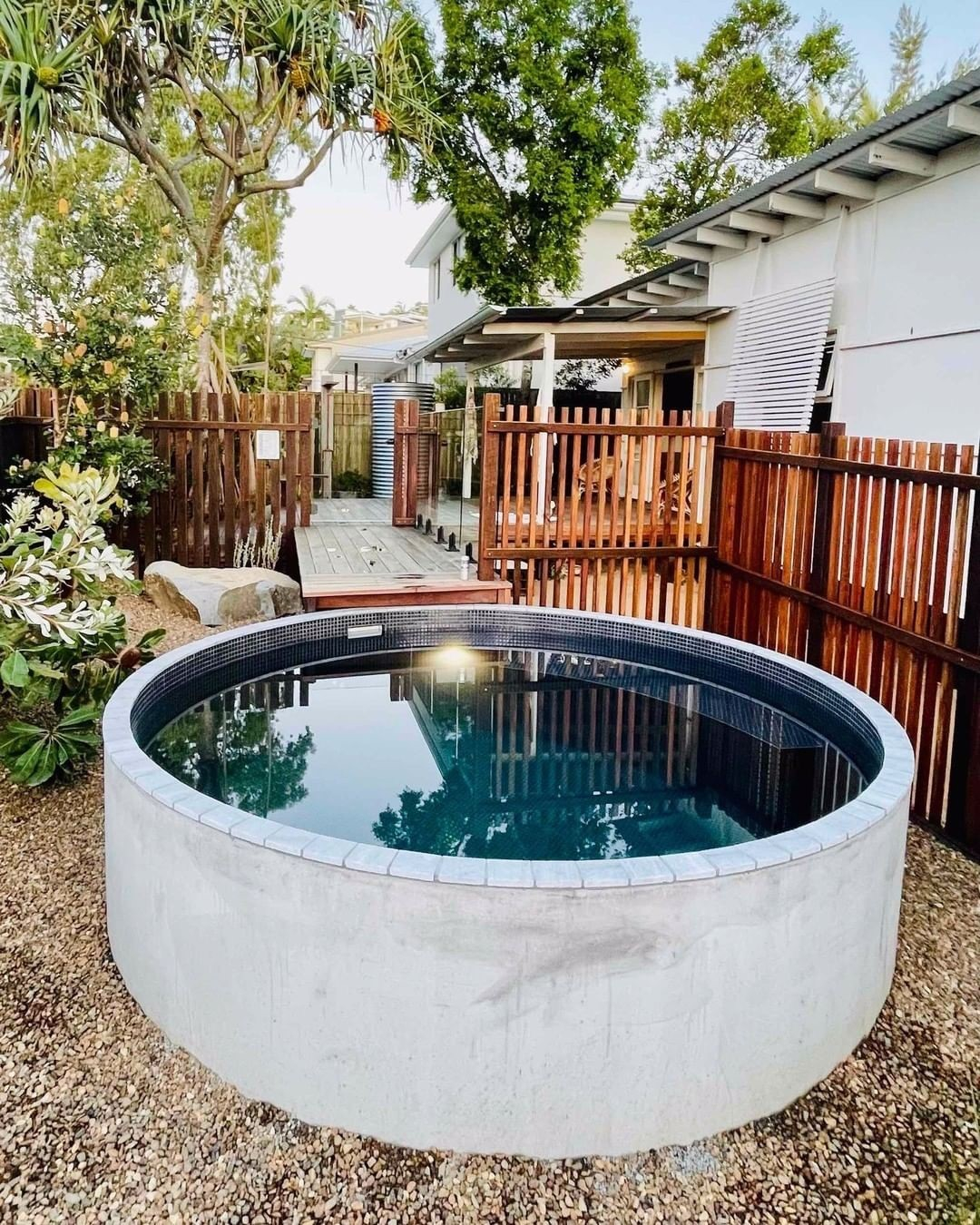
There’s no better day to talk about a plunge pool than today! A plunge pool is really just a small-scale regular pool; the term was coined for them to be used in small yards. They are perfect for a dip on hot summer days. Great spaces to have a cocktail around or let the kids play on hot days without the maintenance of a huge regular-size pool. Concrete Plunge Pools from @plungebyelite



